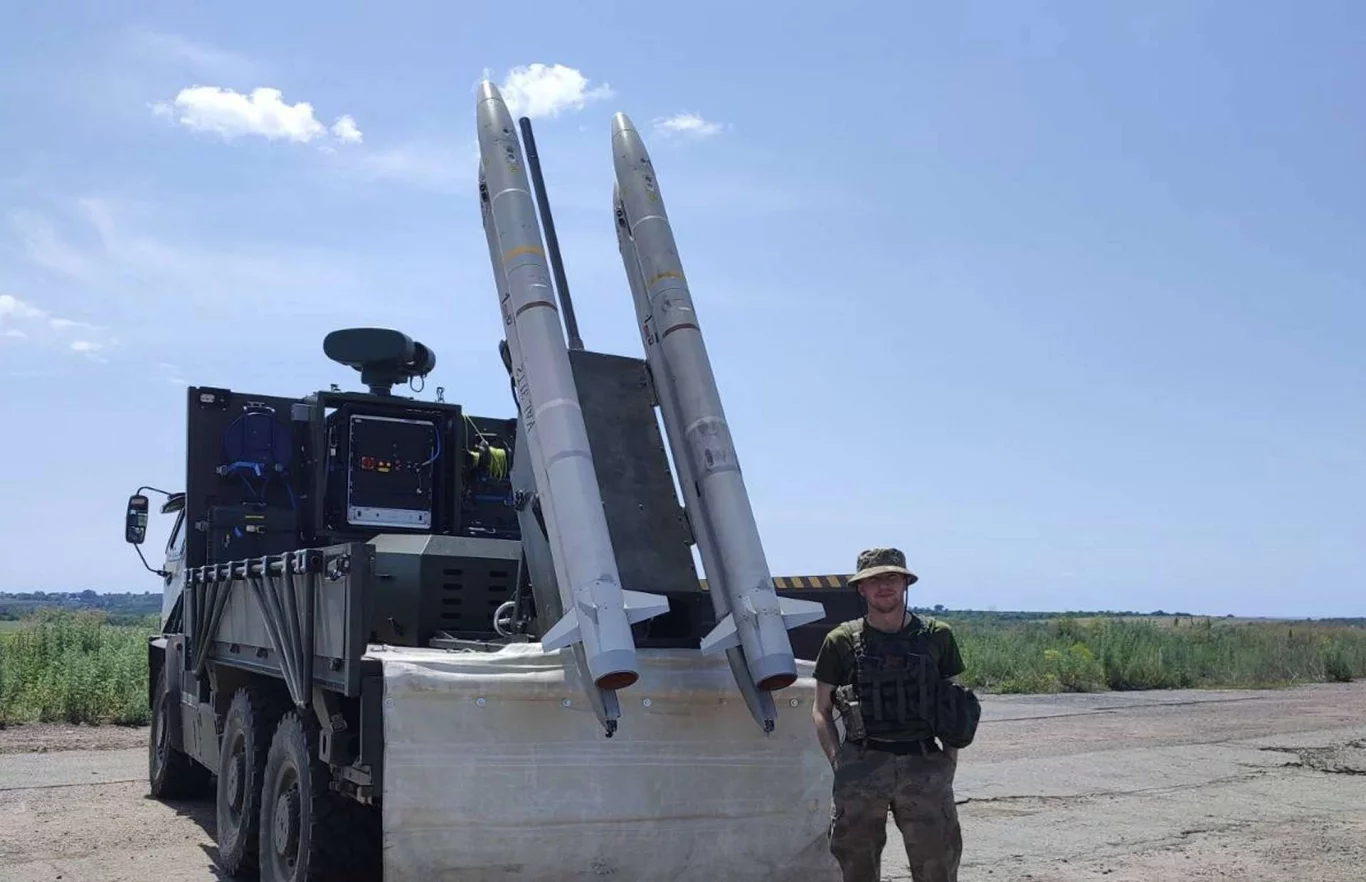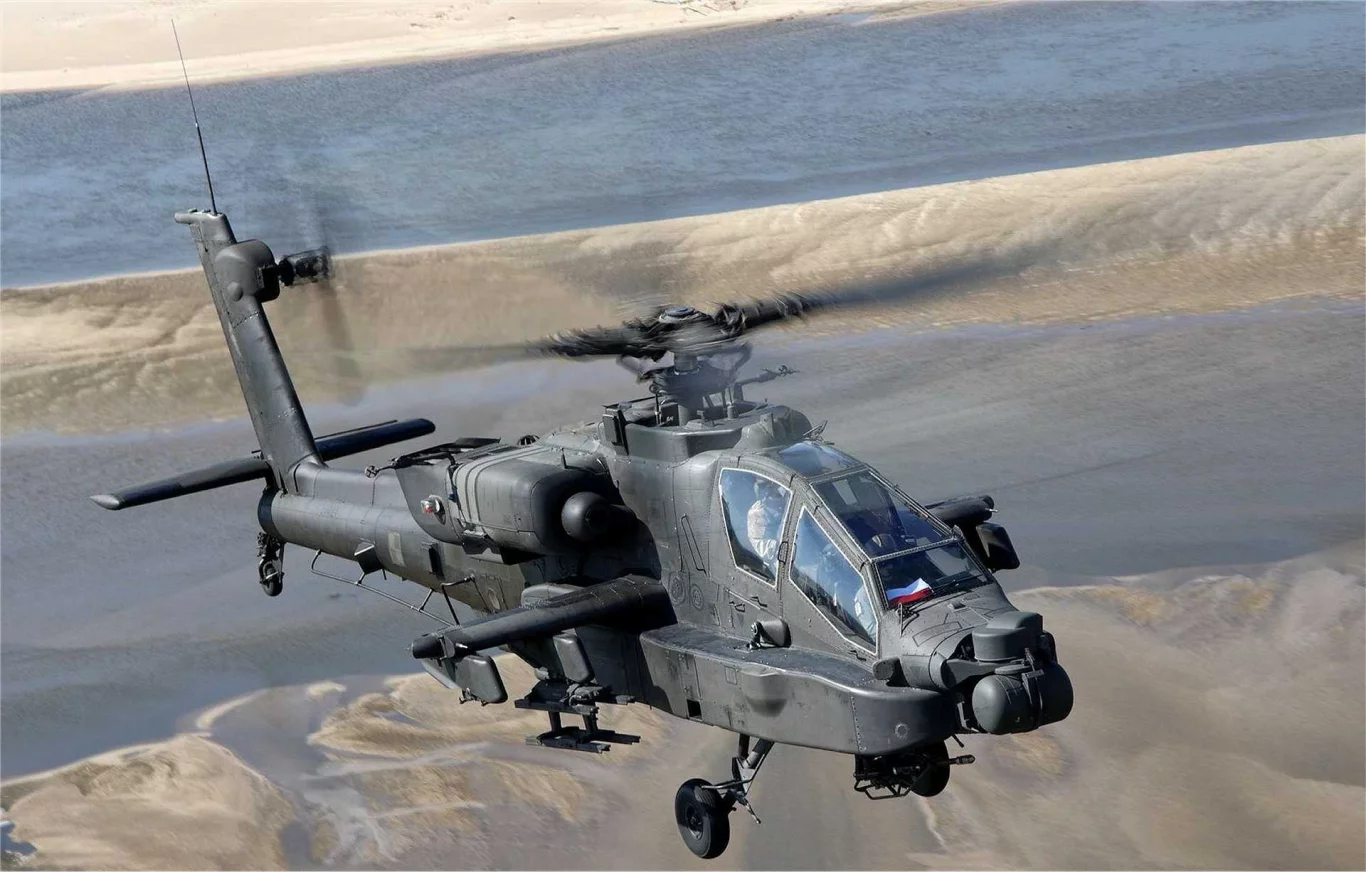The Raven air defense system, a British-engineered marvel born from battlefield urgency, has just delivered a stunning blow to Russian aerial aggression. According to Ukraine’s Air Command West, this compact, truck-mounted launcher has already neutralized four deadly Russian cruise missiles (three Kh-59s and one Kh-101) and 24 drones in combat. This isn’t just another weapon system—it’s a game-changing “FrankenSAM” creation that proves rapid Allied innovation is turning the tide in Ukraine’s skies.
Imagine taking missiles designed to scream off fighter jets, strapping twin launch rails from retired RAF Tornado, Hawk, and Jaguar aircraft onto a rugged 6×6 Supacat HMT-600 truck, and adding a high-tech electro-optical turret. That’s Raven in a nutshell. British engineers pulled off this audacious conversion in just three months, delivering the first units to Ukraine in 2023. Eight systems have been publicly confirmed, with more reportedly en route.
The star of the show? The AIM-132 ASRAAM, a heat-seeking beast originally built for dogfights. Re-purposed for ground launch, this 88 kg missile roars past Mach 3 thanks to its dual-thrust motor. Its imaging infrared seeker locks onto targets after launch, allowing ambushes from unexpected angles. With a 10 kg blast-fragmentation warhead and laser proximity fuze, it shreds drones, cruise missiles, and even low-flying jets within a 15 km kill zone.
Unlike radar-heavy systems that light up like Christmas trees, Raven operates in stealth mode. Its passive infrared seeker and electro-optical turret let crews hunt without emitting a single radar pulse—perfect for evading Russian electronic warfare. Crews can even remote-control the launcher from a safe distance, slashing reaction time and boosting survivability.
The system’s “shoot-and-scoot” design is pure genius. After firing, the truck vanishes before Russian counter-battery fire or loitering munitions can respond. Its low visual and electromagnetic signature makes it a ghost on the battlefield, frustrating Moscow’s targeting efforts.
Let’s talk about the kills. The Kh-59 is a subsonic cruise missile that hugs the terrain at 900–1,050 km/h, guided by inertial navigation and terminal seekers. It’s a favorite for striking bridges, troop concentrations, and supply depots. The Kh-101, meanwhile, is Russia’s stealthy long-range monster, launched from Tu-95MS and Tu-160 bombers. It slinks through radar gaps on terrain-following flights, designed to gut cities and infrastructure.
Bringing these down with a short-range system like Raven? That’s not just impressive—it’s a tactical miracle. It speaks volumes about Ukrainian crew training, real-time cueing from local observers, and the ASRAAM’s razor-sharp seeker performance.
Raven was initially built to swat drones, but Ukrainian crews have pushed it into cruise missile interception and even anti-aircraft roles. One unit recently attempted to engage a Russian Su-25 Frogfoot during a rocket attack run—a bold move that signals Raven’s potential to deter manned aircraft from low-level bomb runs and S-8 rocket strikes.
Raven doesn’t replace heavy hitters like Patriot, SAMP/T, Buk, or IRIS-T. Instead, it fills the cracks—those dangerous low-altitude corridors where Russian missiles and drones try to sneak through. Positioned along likely flight paths, Raven crews wait in silence, ready to pounce with seconds to spare.
Raven is the poster child for Allied rapid-response engineering. The UK didn’t just send trucks and missiles—they fused off-the-shelf components into a battlefield-ready system in record time. Hundreds of ASRAAM rounds have been delivered, turning surplus stocks into frontline firepower. This is cost-imposition warfare at its finest: cheap, mobile, and deadly against Russia’s expensive missile barrages.
Every Kh-101 or drone Raven destroys is one less threat to Ukrainian cities, soldiers, and infrastructure. It forces Russian planners to rethink saturation tactics and low-altitude routes. And with public confirmation of cruise missile kills, Kyiv now has irrefutable proof that Western “FrankenSAM” projects are working—and working brilliantly.
As the war grinds on, Raven stands as a symbol of ingenuity under fire. It’s not the biggest system on the battlefield, but it’s proving that smart, fast, and lethal beats brute force every time.




